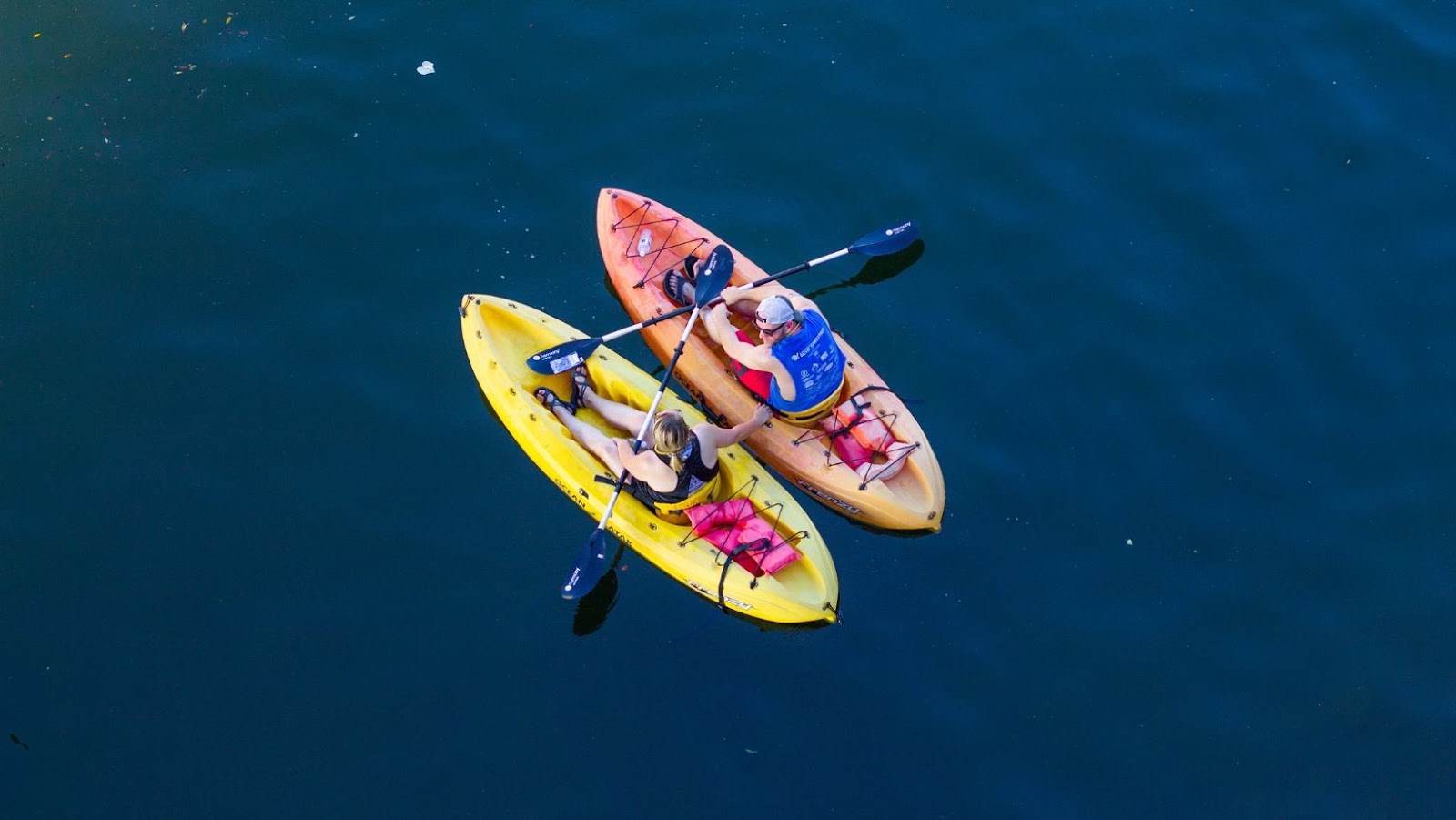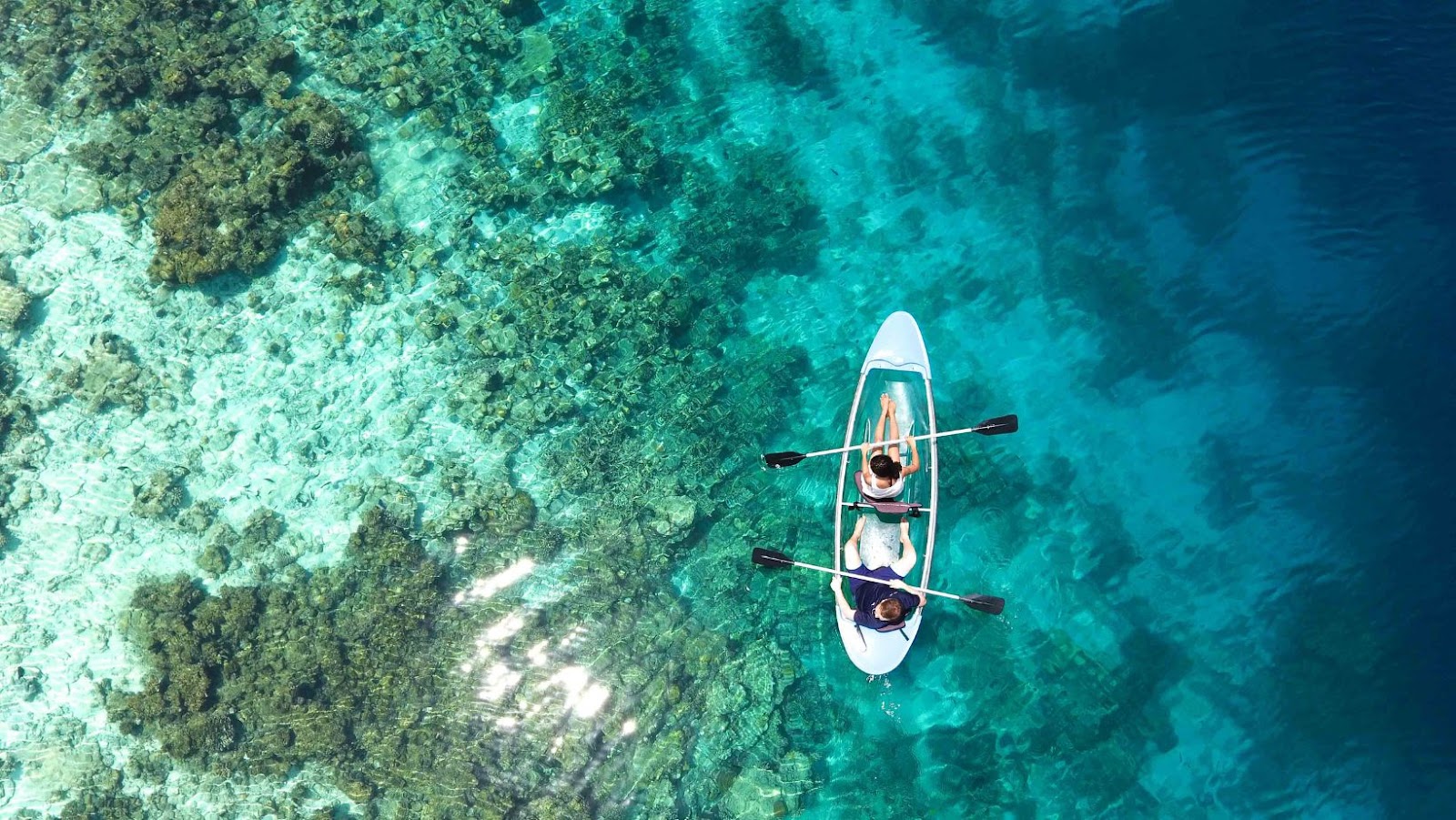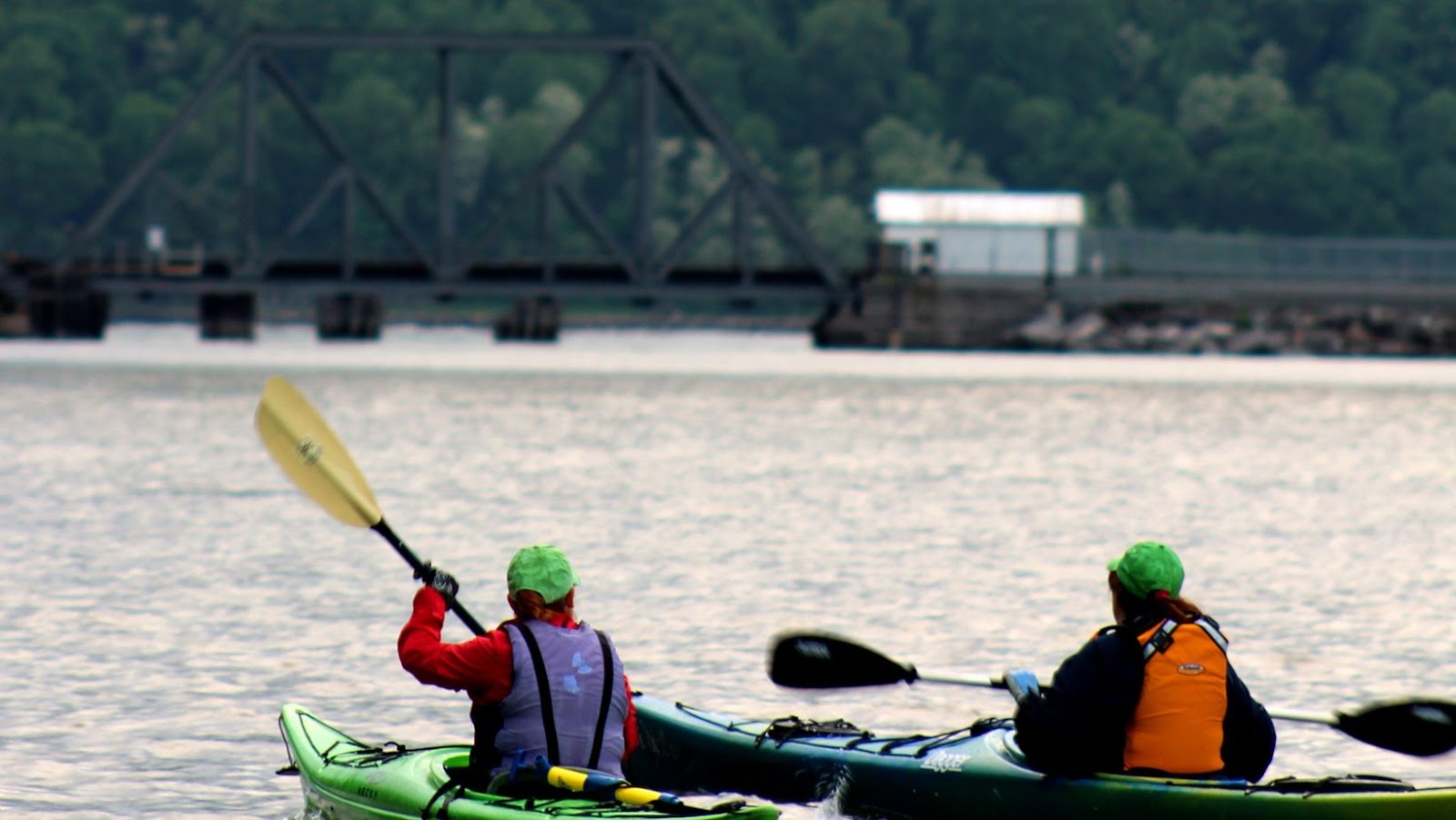Are you wondering what to wear when kayaking? Whether you’re a beginner or experienced, it’s essential to pick the right gear. You need clothing that’ll keep you warm, dry and protected from the sun. Let us help guide you through everything you need to know about what to wear when kayaking.
Clothing What to Wear Kayaking
Kayaking is an enjoyable and thrilling experience that many people turn to for exercise, relaxation, or just to have some fun on the water. Although kayaking is a leisurely activity, it can involve unpredictable elements such as strong winds and currents which can be dangerous. To stay safe while kayaking, it’s important to make sure you are wearing appropriate clothing and gear. In this article, we will discuss what you need to wear when kayaking in order to ensure your safety and comfort throughout the journey.
We will start by outlining the basics of what is essential when dressing for a kayaking excursion:
- A wetsuit or drysuit for extra insulation
- A life jacket or personal flotation device (PFD)
- Mesh bags for storing food and any items that could be damaged by water
- Sun protection such as a hat and polarized sunglasses
- Sturdy waterproof shoes with good grip traction
- Waterproof layers such as a rain jacket or paddling jacket
- Gloves (optional) which give you more control while paddling
It’s also important to dress according to the weather conditions so make sure you check the forecast beforehand. As temperatures may fluctuate during your excursion, it’s best to layer your clothing accordingly so you can easily add or take off layers if needed.
Basic Clothing
Kayaking is a great way to explore the beauty of nature and have fun on the water, but it’s important to dress appropriately for safety and comfort. When deciding what to wear when kayaking, consider the water temperature and potential weather conditions. Depending on the season and individual preference, you may opt for a wetsuit, drysuit or other clothing options.
Wetsuits provide thermal protection from cold water by trapping a thin layer of water between your skin and the suit which is heated using your body heat. It is advisable to get one sized slightly larger than usual as this allows for easier movement in the suit. Choose a suit with features such as durable straps or adjustable neckline for maximum comfort when sitting in your kayak.

If opting for drysuits, consider its external materials – neoprene suits are lightweight and flexible but require good insulation underneath; breathable garments are best suited for warmer climates; GORE-TEX® fabric offers waterproofing while still allowing vapors out; and they should also be roomy enough to negotiate around any obstacles with ease. Finally, bearing in mind that there is comparatively more wind resistance when paddling in open waters; when choosing clothing accessories such as gloves, hats or sunglasses always opt for those that are small enough not to impede your movements on deck.
Basic Footwear
Footwear is an important consideration when kayaking. If you’re wearing shoes, they should be made of materials that won’t absorb water, such as Neoprene or polypropylene. It’s also important to make sure the sole won’t slip off the footrests of the kayak while paddling.
If you want to keep your feet dry and protected from rocks and other debris in the water, wear aqua socks or a sock-style neoprene bootie. The booties should fit tightly so that no rocks slip inside.
Sandals are not recommended for many areas of kayaking due to their lack of support and protection for your feet; however, some recreational and long-range paddlers find them comfortable for leisurely paddling on calm waters, like lakes and slow-moving rivers. For white water kayaking or adventure racing, sandals are not recommended since they can fill with debris very easily and add unnecessary weight in the event that you must exit your kayak.
Basic Accessories
When heading out on a kayaking expedition, it’s important to wear the right accessories, as they can make all the difference in terms of safety and overall enjoyment. This includes wearing a life jacket, sunglasses and hats. It is also important to make sure you have the right gloves and shoes with good grip.
Life jackets: Wearing a U.S. Coast Guard approved life jacket helps keep you afloat in case of an accident or if you lose control of your kayak. Make sure to check that it fits properly and provides enough buoyancy.
Glasses: Sunglasses protect your eyes from UV rays and wind while paddling, while polarized lenses can help reduce glare off the water’s surface—essential for seeing underwater objects such as rocks or fish that could be lurking beneath.
Hats: Wearing hats with a long brim protects your face from sunburn and guards against matted hair—especially for cases when rough winds cause extra spray splashing over into the cockpit! They also provide warmth during cold weather conditions. Additionally, if paddling on a lake, wearing a hat helps prevent droplets of water from dripping into your eyes as you kayak through waves created by other vessels.
Shoes & Gloves: Kayakers need footwear that won’t slip off or become waterlogged during their journey—so wearing watersports shoes is essential for gripping the pedals securely during extreme maneuvers or when navigating through fast-flowing currents. Similarly, wearing waterproof gloves keeps hands warm and dry while providing increased protection against blisters caused by using paddles in wet conditions.
Safety Considerations
When it comes to having a safe and enjoyable kayaking adventure, the most important consideration is what to wear. As a general rule, you should always dress for wet conditions and wear layers when kayaking. Non-absorbent synthetic fabrics or wool are best, as they can keep you warm even when wet.
Safety is paramount, so you should also consider a personal flotation device (PFD). It needs to be properly fitted for your body size and type in order to provide adequate buoyancy in case of an emergency. Paddling gloves are also recommended to protect your hands from blisters and provide extra grip on the paddle shaft. A hat that won’t blow off in strong winds, and polarized sunglasses for protection from the sun’s UVA and UVB rays are also beneficial. If you plan on being out after dark, a whistle will help other boats find you if you become lost or separated from your group.
Finally, below are some additional attire tips that may come in handy while kayaking:
- Wear quick drying clothes such as synthetic materials or merino wool which will provide lightweight warmth even when it’s wet outside
- Don’t forget waterproof footwear like neoprene booties or aqua shoes—these will protect your feet from rocks and jellyfish
- Bring along a waterproof jacket or raincoat with long sleeves—this will help keep you warm
- Layer appropriate clothing so that adding or removing is easy based on temperature changes
Temperature Considerations
When deciding what to wear when kayaking, temperature is an important factor to consider. While you may think that swimming attire is all you need, the importance of dressing appropriately cannot be understated. As with other outdoor activities, layers are key for kayaking. Depending on the season and the water temperature, few pieces of clothing are essential for any kayaker to have a safe and secure experience.
In cold weather or colder water temperatures, a wetsuit is a must-have item for keeping warm and dry during your trip. Wearing a rashguard/wetshirt over your swimsuit can serve as an additional layer of warmth by preventing wind from causing rapid cooling during extended paddling trips. Wrist and ankle gaskets are also necessary add-ons in cold conditions to prevent small amounts of water from seeping into limbs and conducting heat away from body core areas. Furthermore, wearing neoprene gloves and warm hats can make all the difference when trying to regulate body temperature in frigid conditions.
For warmer months or warmer waters, breathable materials that wick away sweat are ideal choices for remaining comfortable during paddling trips. Consider investing in UPF rated clothing so that you don’t have to worry about applying sunscreen throughout the day or wearing a sun hat that keeps your head shielded from UV rays while you paddle around lakes or rivers with ease. Lastly, avoid cotton fabrics at all costs as they tend to become heavy and take forever to dry once wet – regardless if it’s sunny or rainy outside!

Overall, when it comes to what to wear while kayaking, the most important thing is to be comfortable. The type of clothing you choose should depend on the climate and conditions you are facing.
If possible, wearing a wetsuit or rash guard will help protect your skin from the sun, cold water, and scrapes and cuts that can occur in rough waters. Otherwise, layers of lightweight synthetic materials tend to dry much faster than cotton and provide optimal warmth even when wet.
Lastly, it is always a good idea to wear shoes with plenty of grip for maneuvering your kayak and for protection against shells and stones at the shore.
With these tips in mind, you will be sure stay warm, dry and safe while enjoying your kayaking excursion!




No Comment! Be the first one.